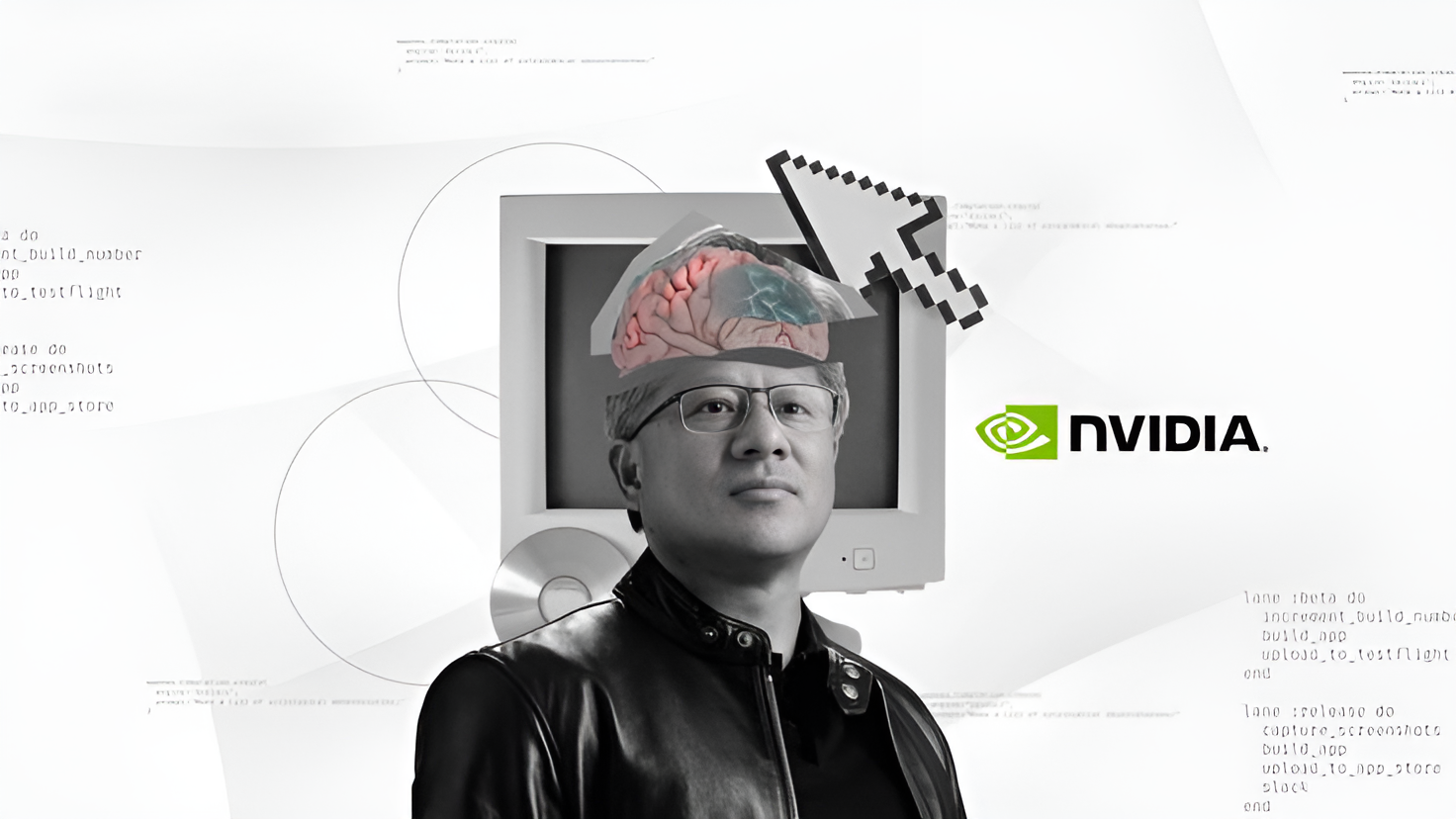CTEM is the New SOC: Shifting from Monitoring Alerts to Measuring Risk Analysis Report
5W1H Analysis
Who
The key stakeholders involved include cybersecurity firms, enterprise security operations centres (SOCs), and businesses seeking enhanced security strategies.
What
The transition from traditional SOC operations to Continuous Threat Exposure Management (CTEM), focusing on measuring risk rather than just monitoring alerts to improve security outcomes.
When
The publication highlighting this shift appeared on June 13, 2025.
Where
While the concept is globally applicable, the primary focus is on enterprises worldwide dealing with cybersecurity concerns, especially in markets with high vulnerability risk.
Why
Traditional SOCs are inundated with alerts, leading to inefficiencies and missed threats. CTEM proposes a shift towards risk management and business impact assessment, enabling more focused and effective security measures.
How
CTEM employs advanced threat management frameworks and risk measurement tools, integrating real-time data analytics to identify and prioritise genuine security threats, thus reducing the load of non-critical alerts.
News Summary
Enterprises are transitioning from conventional Security Operations Centres (SOCs) to Continuous Threat Exposure Management (CTEM) systems. Traditional SOCs struggle under the burden of numerous alerts, often resulting in oversight of critical threats. CTEM aims to refocus efforts on assessing business risks and impacts to enhance security measures and outcomes effectively.
6-Month Context Analysis
Over the past six months, there have been increasing concerns about SOC alert fatigue, with multiple reports of businesses failing to appropriately respond to security breaches due to overwhelming data volumes. There has been a gradual movement towards adopting more adaptive security measures that prioritise risk management and mitigation strategies over sheer alert monitoring.
Future Trend Analysis
Emerging Trends
There is a noticeable trend towards integrating AI and machine learning in threat evaluation processes, enhancing predictive analytics to prioritise threats and manage potential vulnerabilities effectively.
12-Month Outlook
Over the next year, it is anticipated that more enterprises will integrate CTEM into their security frameworks, likely leading to a decrease in successful cyber breaches and an increase in proactive threat management strategies.
Key Indicators to Monitor
- Adoption rates of CTEM systems in enterprises - Reduction in reported security incidents versus alert volumes - Advances in AI-driven risk analytics tools
Scenario Analysis
Best Case Scenario
Adoption of CTEM leads to significant reductions in successful cybersecurity breaches, enhancing overall business resilience and confidence in security measures. This results in cost savings and improved operational efficiency.
Most Likely Scenario
As enterprises adapt to CTEM, there is a moderate decrease in breach incidents, with ongoing adjustments to optimise security frameworks. Many businesses will see improvements but may require additional fine-tuning of processes and tools.
Worst Case Scenario
Enterprises face initial challenges in implementing CTEM, potentially leading to transitional security gaps. This may result in temporary increases in successful breaches until the systems are fully optimised.
Strategic Implications
Enterprises should invest in training and development to ensure their security teams can effectively utilise CTEM tools. Additionally, aligning IT budgets to accommodate the integration of advanced analytic tools and risk management frameworks will be crucial.
Key Takeaways
- Enterprises transitioning to CTEM can enhance security by focusing on risk assessment rather than mere alert monitoring.
- Training is vital to ensure effective integration and use of CTEM tools in security operations.
- The market is moving towards integrating AI to improve threat prioritisation and management.
- Monitoring the adoption rate of CTEM can provide insights into its effectiveness over traditional SOCs.
- Strategic alignment of IT budgets to support CTEM integration is essential for successful implementation.
Source: CTEM is the New SOC: Shifting from Monitoring Alerts to Measuring Risk




















Discussion